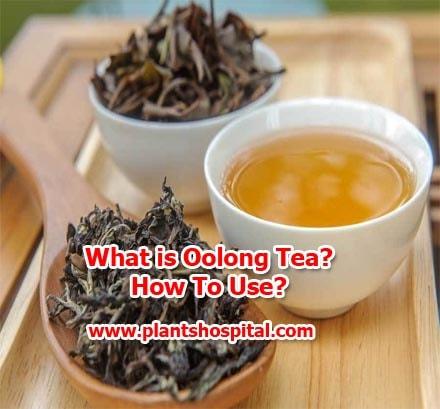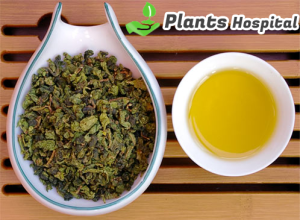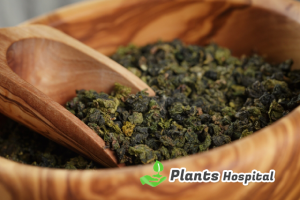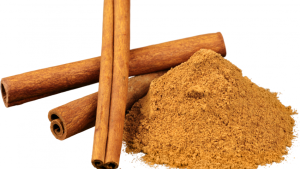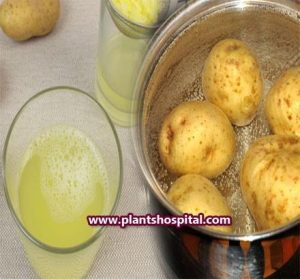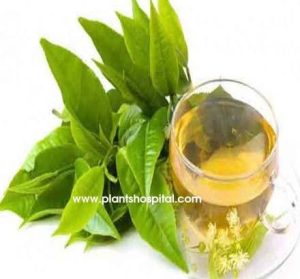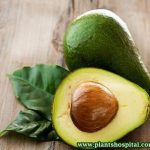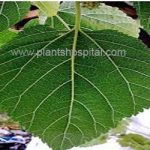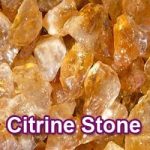Table of Contents
What is Oolong Tea?
Oolong tea is manufactured from the leaves of the same plant which is used to manufacture green tea and black tea. The difference is the degree of oxidation (fermentation) during the manufacturing process.
Green tea is unoxidized whereas black tea is fully oxidized- oolong tea lies in between; it is semi (partially) oxidized.
That’s why it has a distinct taste, aroma and color, and several interesting health benefits. Oolong tea is more popular in China and Taiwan- the local Chinese name is Wu long tea.
Oolong tea is one of the most popular types of tea in the world. It’s a robust, medium-bodied tea that ranges from golden to dark green and has a flavor that some say is similar to black tea, while others say it tastes more like green tea.
According to traditional Chinese medicine, drinking oolong tea can help strengthen your heart and lungs and relieve stress. All you need is boiling water for this herbal beverage.
Oolong tea is a light-bodied, semi-fermented tea that can be made from either the leaves of Camellia sinensis or from the plant’s flowers.
In Taiwan, it may be called by its Minnan name “Alishan”, in Shanghainese, it may go by the name “Wulong cha” , and in Cantonese, it is known as “wūlóng tī,” though these names are rarely used outside their respective regions.
The word ‘oolong’ itself ultimately derives from China’s Fujian province, which initially produced oolongs.
Oolong teas are typically brewed at around 80°C (176°F) for less than five minutes, allowing some polyphenols and caffeine to be extracted from the tea.
These teas are classified according to broadleaf percentage, broadleaf grade, plucking standard, oxidation level, and point of harvest.
Oolong tea comes in many different styles due to differing rates of oxidation after harvesting. The two main classifications are green oolong and dark oolong.
Green oolongs are unrolled semi-ball-rolled or ball-rolled, allowing them to be infused for more extended periods without becoming overly bitter.
Dark oolongs have steeped times of under two minutes due to higher oxidation rates after harvesting, producing a cup with more astringency and “brisk” flavors.
Although oolong tea is made from the same plant as green tea, oolong boasts a fuller body and a more complex flavor than its lighter-flavored counterpart.
It has been described as “somewhere between green tea and black tea.” Some varieties are highly aromatic with spicy, sweet, or floral notes.
The most common source of oolong tea is in Fujian province in China.
However, it is produced in Taiwan, Jiangxi, Guangdong Province, and Zhejiang provinces as well.
Tea growers are members of the Tea Association of Fujian and continue to produce this quality tea on small plantations throughout the region.
Oolong tea is a low-caffeine, natural tea– rich in polyphenol antioxidants and nutrients. The therapeutic benefits of oolong tea are quite similar to that of green tea, but, with a mild tea.
Unlike green tea, it doesn’t have a bitter, grassy taste. Rather it has a mild, earthy taste. The habitual coffee (or black tea) drinkers would find it easy to adopt oolong tea in their daily routine than green tea because of its appreciable taste.
In China, it is also known as “slimming tea” which boosts the body metabolism and aids in digestion to promote weight loss. It is used to sharpen thinking skills and improve mental alertness. It is also used to prevent cancer, decay, heart disease, and osteoporosis
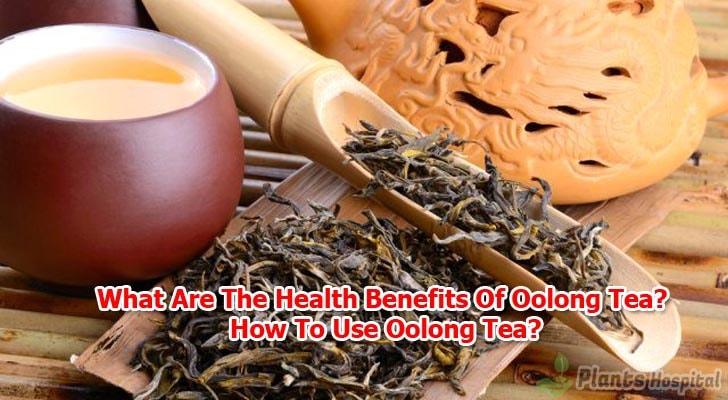
Oolong Tea’s Nutritional Value
This tea is a natural gift that is rich in antioxidants. It also contains vital minerals and vitamins such as copper, calcium, magnesium selenium, and potassium as well vitamins (A B C E and K) Additionally, it contains niacinamide and other detoxifying alkaloids.
It is developed in semi-fermented processing, which provides the tea with numerous polyphenolic compounds and adds even more valuable health benefits.
It also contains caffeine, theophylline, and theobromine (which are similar to caffeine) that on consumption, may stimulate the nervous system.
A cup of brewed tea will contain proximately:
- Calories: 90
- Fat: 0 g
- Cholesterol: 0 mg
- Sodium: 10 mg
- Calcium: 4%
- Total Carbohydrates: 25 g
- Vitamin C: 100 %
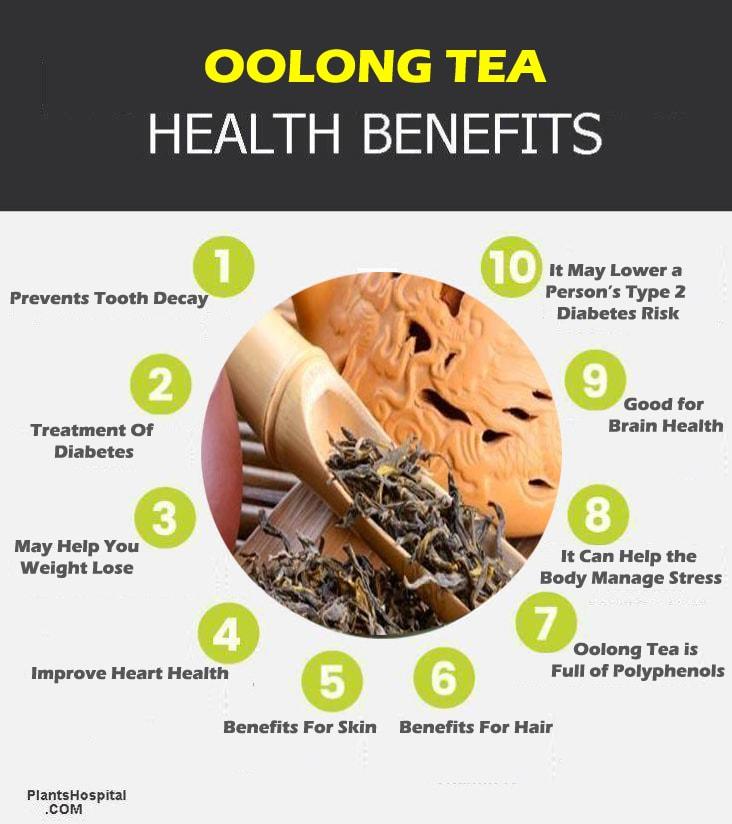
7+ Best Health Benefits Of Oolong Tea
Some people use oolong tea to treat diabetes, obesity, arteries, and skin allergies such as eczema and to boost the immune system.
Like green teas, Oolong teas are rich in antioxidants, including epigallocatechin gallate (EGCG), theaflavins, and gallocatechin.
Some studies suggest that Oolong tea may reduce cardiovascular disease risk factors, including LDL cholesterol oxidation.
A human trial with both green tea and oolong tea found that consumption of these teas for eight weeks reduced levels of liver enzymes associated with cancer risk in people at high risk of liver cancer; however, it is not known whether these study results apply specifically to oolong tea or green/oolong tea blends.
Tea drinkers, in general, have a lower risk of acquiring skin cancer. The concentration of polymeric polyphenols like the Rubin and theaflavin is higher in this herbal tea when compared to other varieties.
These antioxidants combat carcinogens and help in reducing the risk of cancer. Polyphenols promote the programmed cell death (apoptosis) of cancerous growths in the stomach and act as chemo-preventive agents to suppress the development of other forms of cancer, specifically ovarian cancer in women.
Scientists believe the antioxidants present in black, green, and oolong tea may help prevent cell mutations that can lead to cancer in the body.
- Tea polyphenols might also decrease the rate of cancer cell division.
- What’s more, one review reports that regular tea drinkers may have a 15% lower risk of developing oral cancer.
- Other reviews report similar protective effects for lung, esophageal, pancreatic, liver, and colorectal cancers.
- However, most research reports that tea has small or non-existent effects on breast, ovarian, and bladder cancers.
Prevents Tooth Decay (important)
The antioxidants found in this tea may help keep your teeth and bones strong.
The antioxidants called polyphenols present in oolong tea contribute to the improvement of dental health and hygiene. Drinking oolong tea helps to prevent the build-up of plaque, fights to decay, and deters the occurrence of cavities.
One study showed that people who drank black, green, or oolong tea daily over 10 years had 2% higher overall bone mineral density. It is also a rich source of fluoride, which could help strengthen tooth enamel.
Read More: Easy Home Cures For Toothache: Treatment & Remedies
Treatment Of Diabetes
It has higher concentrations of antioxidants called polyphenols, in addition to vitamins and minerals such as vitamin A, calcium, potassium, selenium, fluorine, magnesium, and phosphorus.
These nutrients detoxify the body, improve digestion, and lower the risk of chronic diseases such as diabetes. Oolong tea is considered to be an herbal supplement for the treatment of type 2 diabetes.
That being said, consuming 33 oz (1 liter) of oolong tea each day for 30 days decreased average blood sugar levels by 3.3%.
May Help You Lose Weight
The polyphenol compound in oolong tea enhances the metabolism of fat in the body by activating certain enzymes. Hence, the daily consumption of oolong tea promotes weight loss and reduces obesity by accelerating the process of lipolysis which enables the body to burn more fat.
Improve Heart Health
Regular consumption of oolong tea is known to reduce cholesterol levels, thereby lowering the risk of heart attacks.
Research proves that those who drink 1 to 6 cups of oolong tea in a week are at a lower risk of succumbing to cardiovascular diseases.
In a recent study, people who drank more than 48 oz (1.4 liters) of tea per day were 51% less likely to have heart disease, compared to non-tea drinkers.
It may help decrease the risk of heart disease, stroke and high blood pressure in some people.
- Juniper Berry Tea: Top 11 Health Benefits, Uses & Warnings (With Video)
- The Amazing Health Benefits Of Chamomile Tea And Plant
Oolong Tea Benefits For Skin
Regular consumption of oolong tea diminishes wrinkles and improves the tone and elasticity of the skin, giving it a more youthful appearance.
The polyphenols present in the tea protect the skin from any damage that may be caused due to exposure to the sun. Regular consumption of oolong tea works wonders for the skin.
Most skin problems occur due to exposure to free radicals. The antioxidants called polyphenols present in this tea destroy the free radicals and provide relief from a spectrum of skin problems.
The continuous exposure of the skin to free radicals accelerates the process of aging and slows down the rate of exfoliation, resulting in the premature occurrence of wrinkles and dark spots.
The high levels of antioxidants present in oolong tea slow down the oxidation of cells, leading to much healthier-looking skin.
Benefits For Hair
The benefits of tea for healthy hair have only recently come to light and it is increasingly being used in several hair-care products.
Oolong tea, being a herbal infusion created from tender parts of the plant like flowers, shoots, and leaves, promotes the growth of healthy hair. A tea rinse made from oolong tea is of a mild and pleasant nature.
Not only does it soften but it also provides an additional luster to your hair. The antioxidants present in oolong tea are known to ensure proper metabolism of the male hormone, DHT, as any change in its metabolic activity results in hair loss.
Making a tea rinse with these leaves is of great benefit in preventing the excessive shedding of hair.
Side Effects
This tea is evident from the range of benefits it offers. However, it is wise to exercise caution and consume it in moderation.
Since this tea contains a certain amount of caffeine, drinking too much of it can cause side effects ranging from mild to serious headaches, nervousness, irritable bowel syndrome, irregular heartbeat, vomiting, heartburn, etc.
However, pregnant women are advised to stick to a maximum of 200 mg of caffeine, which is about 3-5 cups of oolong tea per day.
When consumed in excess, caffeine can lead to anxiety, headaches, insomnia, irregular heartbeat, and in some, high blood pressure. Those with low iron levels should avoid drinking tea with meals and consider consuming vitamin C-rich foods to help increase iron absorption.
Method Of Preparing Oolong Tea
It has a great taste and can be consumed either hot or cold. The steeping time of the leaves and the number of infusions depend upon the variety of the tea leaves being used. The method of preparation is simple and easy. Here is what you need to do:
- Start by boiling some water in a kettle. In the meantime, rinse and warm up the tea set.
- Add some oolong tea leaves to the teapot such that they occupy nearly 5% of the space in the teapot.
- Now pour boiling water (180-200F) into the pot and push away the white floating bubbles which form on the top with the help of the cover.
- Cover the teapot for a few minutes and let it steep.
- The tea is now ready to drink. Pour it into teacups and savor its delicate aroma and rich taste.
Recipes for adding flavors to your own homemade oolong tea.
Oolong tea can be combined with a variety of ingredients, such as:
Honey and lemon:
Add two teaspoons of lemon juice and one teaspoon of honey to a cup of warm oolong tea.
Alternatively, add one teaspoon of honey and the juice from half a lemon.
Ginger: Add one teaspoon of chopped ginger to a cup of boiling water and steep for ten minutes before drinking.
Lemon peel: Add the peel from half a lemon to a cup of hot tea; remove the peel after steeping.
Tips on how to brew the perfect cup of oolong tea
According to Dr. Paul Haider, author of “Awakening Your Inner Light (and How To Keep It On) With Herbs,” one way to brew a better-tasting cup of oolong tea is to first pour boiling water into the teacup or teapot to warm it, then remove it.
Next, place one teaspoon of oolong tea leaves (or two bags if you’re using a teabag) in the cup and wait for it to steep for three minutes. Then, fill up your cup, let it sit for a minute, and drink.
However, to get the most out of your cup of oolong tea, Dr. Haider recommends that you drink at least three cups daily—and no more than five because overdoing it can end up dehydrating you.
Green tea is processed differently than oolong or black teas in that the leaves are not fermented before they are dried.
As a result, green tea retains more of its antioxidants (called polyphenols).
If you’re looking for a health boost, opt for green tea over other teas.
Conclusion
When you can’t make it to your favorite tea shop, turn to the internet. There are a variety of tea shops that offer free shipping and will ship anywhere in the world!
If there’s one thing I’ve learned about oolong tea, not all types of oolongs taste alike-they vary greatly depending on where they’re grown.
For example, some people like their teas light while others prefer the dark.
And if you have any questions or concerns about an order before placing it, customer service representatives at these web stores are always available by email or phone call.
That way, you’ll know exactly what type of leaves go into each blend, so you can pick out your perfect cup from among hundreds of options online!

